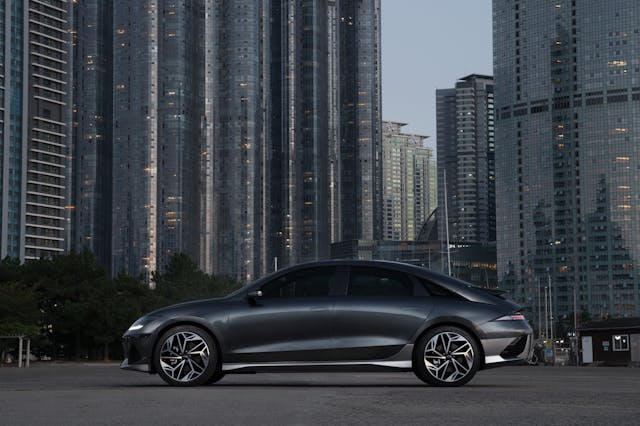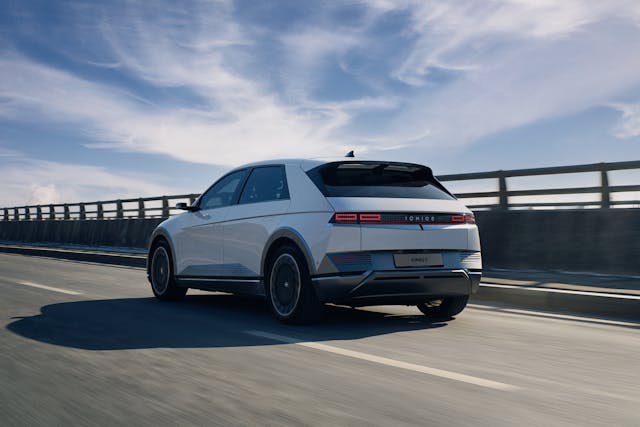Electric Vehicle Adoption Surges: Latest Stats and Market Forecasts for 2025
Electric vehicles (EVs) are no longer just a trend—they are becoming the new normal in transportation. In 2025, more people than ever are choosing electric cars. This article looks at the latest statistics and what experts expect for the future of EVs.

Global Growth: Electric Cars on the Rise
In recent years, electric vehicle sales have skyrocketed worldwide. In 2024 alone, more than 17 million electric cars were sold globally. That’s a 25% increase from the previous year. The trend is expected to continue in 2025, with forecasts predicting over 20 million EVs will be sold.
The growing popularity comes from many reasons: better battery technology, more charging stations, and stronger government support. More people are seeing EVs as a practical choice that helps reduce pollution and save money on fuel.
Regional Highlights: Who’s Leading the Charge?
China: The World’s Biggest EV Market
China is the clear leader in electric vehicle adoption. In 2024, about two-thirds of all electric cars sold worldwide were bought in China. That’s over 11 million vehicles. The Chinese government supports EV use with incentives, like financial rewards for trading in old cars for new electric ones.
Companies like BYD dominate the market in China. BYD alone sold more than 4 million EVs last year and is expected to sell even more in 2025.
Europe: Rapid Growth Amid Challenges
Europe is also seeing strong growth in EV sales. In early 2025, electric vehicles made up about 20% of new car sales in countries like the UK. Affordable EV models priced under €25,000 have helped boost sales, and more brands, including some from China, are entering the market.
However, changes in government policies about emissions may affect this growth, so the future remains uncertain.
United States: Steady Progress
In the U.S., electric vehicles accounted for about 9% of new car sales in 2024, with projections of reaching 10% in 2025. Sales are growing steadily, and more charging stations are being built to support EV drivers. For example, the number of fast-charging ports has doubled in just a couple of years.
Tesla is still the most popular EV brand in the U.S., but competition is increasing from other automakers.
Key Factors Driving EV Adoption
Better Technology and Lower Costs
Battery improvements have made EVs cheaper to build and better to use. Cars can now travel longer distances on a single charge, which eases concerns about running out of power. At the same time, prices are coming down, making EVs more affordable for many buyers.
Infrastructure Expansion
Charging stations are popping up everywhere, from city streets to highways and shopping centers. More chargers mean drivers don’t have to worry about finding a place to recharge, making EVs more convenient.
Government Support
Many countries offer tax credits, rebates, or special perks like access to carpool lanes for EV owners. These incentives encourage more people to switch from gasoline cars to electric ones.

Challenges That Remain
Despite the rapid growth, some challenges still slow EV adoption.
- Charging Access: Rural areas and some cities still lack enough charging stations.
- Battery Supply: Mining and producing battery materials can have environmental impacts.
- Policy Changes: Changes in government incentives or regulations could impact how fast EVs grow.
- Competition: Traditional carmakers are investing more in electric technology, which could make the market crowded.
What’s Ahead for 2025 and Beyond?
The electric vehicle market is expected to keep growing quickly. Analysts predict global sales will pass 20 million this year and continue to rise in the coming decade. With technology improving and infrastructure expanding, EVs are becoming a smart choice for more people worldwide.
This growth supports a cleaner environment and reduces dependence on fossil fuels. As the market evolves, companies and governments will work together to overcome challenges and build a more sustainable transportation future.
Electric vehicles are no longer just the future—they are here now. 2025 is shaping up to be a milestone year in the global shift toward electric driving. Whether you are thinking about buying your first EV or just curious about the industry, the signs point to an exciting road ahead.












